Selecting the Best Dental Cabinets for a Modern Practice
Putting together a successful landscaping project isn’t just about picking the right plants or designing a beautiful layout. It’s often about the invisible groundwork that makes everything else possible. That’s where grading contractors come in. They specialize in shaping the land so that water drains properly, foundations are solid, and your outdoor space can function and flourish. Whether you’re planning a garden, building a patio, or undertaking a large yard overhaul, hiring professional grading contractors can save time, money, and many headaches in the long run. Let's explore a few crucial services that grading contractors provide, each of which plays a vital role in transforming bare or problem terrain into a stable, usable landscape.
1. Land and Lot Clearing
One of the first tasks grading contractors typically perform is land and lot clearing. Before any real landscaping or construction can begin, the site often needs to be stripped of unwanted vegetation, debris, and obstructions. Professional grading contractors will survey your lot to determine what needs to be removed, such as overgrown shrubs, old fencing, or random junk that’s accumulated. They bring in heavy equipment to safely clear large areas but do so with precision, making sure to preserve any features you want to keep, such as large trees or rock formations.
Land clearing by experts doesn’t just make your lot look cleaner; it also ensures that the ground underneath is ready for further work. By removing surface debris, grading contractors can more accurately assess the soil composition, contour, and drainage patterns. That insight is essential for designing a landscape that’s not only beautiful, but also sustainable and functional.
2. Brush Clearing
After the lot is generally cleared, the next step often involves brush clearing. Brush, such as low‑lying shrubs, tangled vines, and dense undergrowth, can hide uneven terrain, roots, and other hazards. Grading contractors use specialized tools like brush cutters, masticators, and mulchers to tackle this dense vegetation.
By clearing brush, these contractors not only improve visibility and safety but also reduce fire risk in areas prone to wildfires. It also helps prepare the soil for future grading or planting, because dense brush prevents proper compaction or drainage. With the brush removed, grading contractors can create a safer, cleaner, and more manageable surface for whatever landscaping project lies ahead.
Choosing the right dental cabinets can significantly improve the functionality, hygiene, and appearance of a dental practice. Cabinets are more than just storage units; they are integral to how efficiently a team operates each day. From housing sterilized instruments to storing essential supplies, they help organize the workspace and ensure every procedure runs smoothly. When chosen carefully, dental cabinetry can make a dental office both professional and welcoming.
According to Wise Guy Reports, in the global dental cabinet market, base cabinets are the most popular, accounting for 35% of total revenue. This shows that dental professionals continue to value durability, accessibility, and high storage capacity as essential features for maintaining an efficient and well-structured office.
Balancing Functionality and Aesthetic Appeal
Selecting dental cabinets that merge functionality with attractive design is an important first step in upgrading or outfitting a practice. Modular cabinets are particularly versatile because they allow for easy reconfiguration as the practice grows or changes. This flexibility ensures that the office layout can evolve without the need for costly remodeling.
Wall-mounted cabinets, on the other hand, are ideal for smaller spaces. By freeing up the floor area, they create an open and organized look that helps make even compact treatment rooms feel larger. This approach improves accessibility for dental staff while providing a polished, uncluttered appearance that enhances the patient experience.
Material selection also plays a critical role in cabinet performance. Most dental cabinets are constructed from high-pressure laminates, stainless steel, or composite materials designed to resist scratches, stains, and moisture. Choosing durable, high-quality materials not only ensures longevity but also maintains a professional image over time. When cabinetry is built to last, it continues to function smoothly even under the daily demands of a busy dental environment.
Customizing Layouts and Improving Workflow
Customization allows dental cabinets to meet the unique needs of each dental team. Modular systems, in particular, give professionals the freedom to design layouts that maximize space efficiency and streamline procedures. Options such as adjustable shelves, integrated lighting, and soft-close drawers can be customized to match the workflow of each operatory.
Custom cabinetry also provides the opportunity to create a unified design throughout the office. Matching cabinet colors and textures to other elements in the room, such as flooring or countertops, creates a cohesive environment that feels intentional and professional. This consistency supports both staff morale and patient confidence.
Specialized storage compartments further enhance efficiency. For example, endodontic, orthodontic, and surgical practices often require customized drawers or inserts to keep instruments organized. By having specific areas for each tool or material, staff can locate what they need quickly and minimize interruptions during patient care.
A well-planned layout ensures that all tools and materials are positioned strategically. This eliminates unnecessary movement, saving time between procedures. When every item has its place, workflow becomes more predictable, and patient appointments move forward smoothly and on schedule.
Enhancing Mobility and Operational Flexibility
In many modern offices, mobility is essential for keeping up with patient demand. Mobile dental cabinets make it easy to transport instruments, equipment, and materials between operatories. These cabinets typically feature smooth, heavy-duty casters that allow for safe movement without scratching floors or disrupting the environment.
Many mobile units also come equipped with locking mechanisms, adjustable compartments, and built-in power outlets to charge or operate small equipment. This design provides staff with the flexibility to adapt to different procedures and patient needs throughout the day.
Although mobile cabinets can represent a higher initial investment, their versatility offers long-term value. Their portability reduces the need for multiple fixed storage units, saving both money and space. For growing practices or clinics that perform multiple types of dental procedures, mobile cabinetry is an excellent solution that keeps operations fluid and efficient.
By improving mobility and adaptability, these cabinets enhance workflow and ensure that equipment and supplies remain accessible wherever they are needed. The result is a more productive environment that supports better patient care and smoother daily routines.
Maintaining Hygiene and Infection Control
Infection control is one of the most important aspects of any dental practice, and dental cabinets play a crucial role in maintaining cleanliness and safety. Sterilization cabinets are designed to separate contaminated instruments from sterilized ones, ensuring a clear and consistent workflow that prevents cross-contamination.
Modern sterilization cabinets often include advanced sanitation technologies such as ultraviolet lighting and HEPA filtration systems. These features help maintain sterile conditions and minimize airborne particles, which is especially important in high-traffic treatment areas.
For busy practices, a centralized sterilization area supported by specialized cabinets can make cleaning and preparation tasks more efficient. By having dedicated storage for sterilized and unsterilized tools, staff can maintain compliance with industry regulations and uphold the highest standards of care.
Proper hygiene practices are not only essential for patient safety but also for reputation. A visibly clean, organized sterilization area communicates professionalism and dedication to high-quality service. Patients who feel confident in a practice's commitment to safety are more likely to return and recommend the clinic to others.
Integrating Design and Ergonomic Efficiency
Design and ergonomics are key elements in creating a workspace that promotes comfort, accessibility, and productivity. Well-designed dental cabinets position instruments, tools, and supplies within easy reach, reducing unnecessary strain and improving staff performance. Ergonomic design is especially beneficial during long procedures, as it minimizes fatigue and helps maintain focus.
Overhead cabinetry is an effective way to optimize vertical space while maintaining a clean and open work area. These cabinets provide convenient storage for items that are not used constantly but still need to be within reach. By combining overhead and base cabinetry, dental offices can maximize their available space while maintaining an efficient and attractive layout.
Integrating ergonomic and aesthetic considerations also improves staff morale. When employees work in an environment designed for comfort and functionality, they are more likely to perform efficiently and take pride in their workspace. Consistency in design, lighting, and materials enhances both the appearance and usability of the dental office, ensuring that the environment supports high-quality patient care.
Evaluating Quality and Long-Term Investment
Selecting dental cabinets is a long-term decision that impacts both operations and financial performance. While modular and mobile systems may involve higher initial costs, their durability, adaptability, and longevity often make them more economical in the long run.
Long-term value is not just about cost savings. High-quality cabinetry contributes to smoother operations, increased productivity, and better patient impressions. Investing in quality cabinetry helps build a professional image that reflects a commitment to precision and care.
The right dental cabinets enhance every aspect of a dental practice, from workflow and hygiene to patient perception. Modular systems promote flexibility, wall-mounted units maximize space, mobile designs improve mobility, and sterilization cabinets strengthen infection control. Together, these elements create a workspace that supports excellence in both clinical performance and patient care.
By prioritizing quality materials, thoughtful design, and ergonomic efficiency, dental professionals can establish an environment that is both functional and visually appealing. Reliable, well-designed cabinetry contributes to smoother procedures, greater comfort for staff, and a welcoming atmosphere for patients.
Quality cabinetry is an investment that pays off over time. It reduces maintenance needs, improves organization, and upholds professional standards that patients notice and appreciate.
Ready to elevate your dental practice? Contact Precision Dental Cabinets today to explore custom dental cabinet solutions that improve efficiency, organization, and overall patient experience.

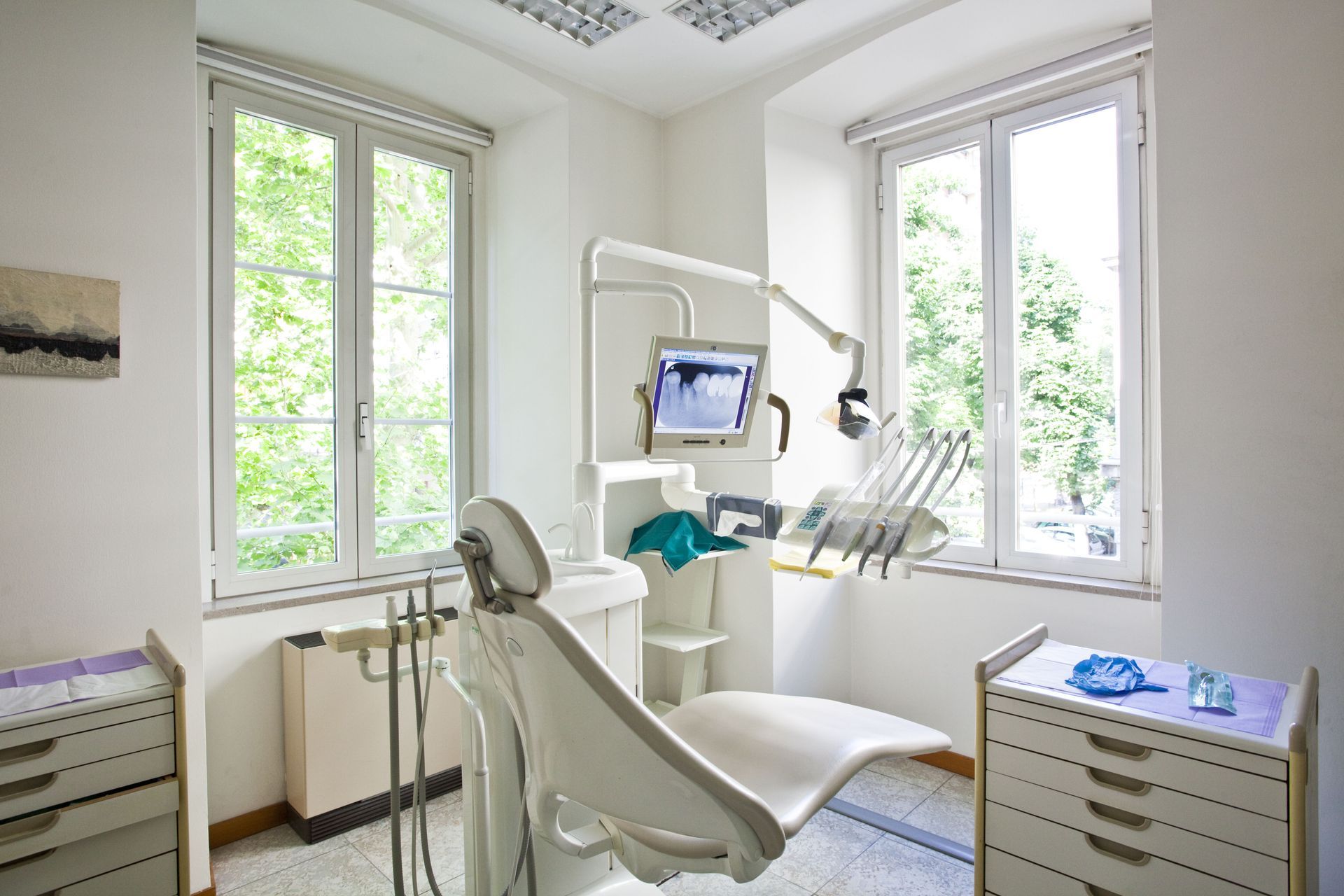
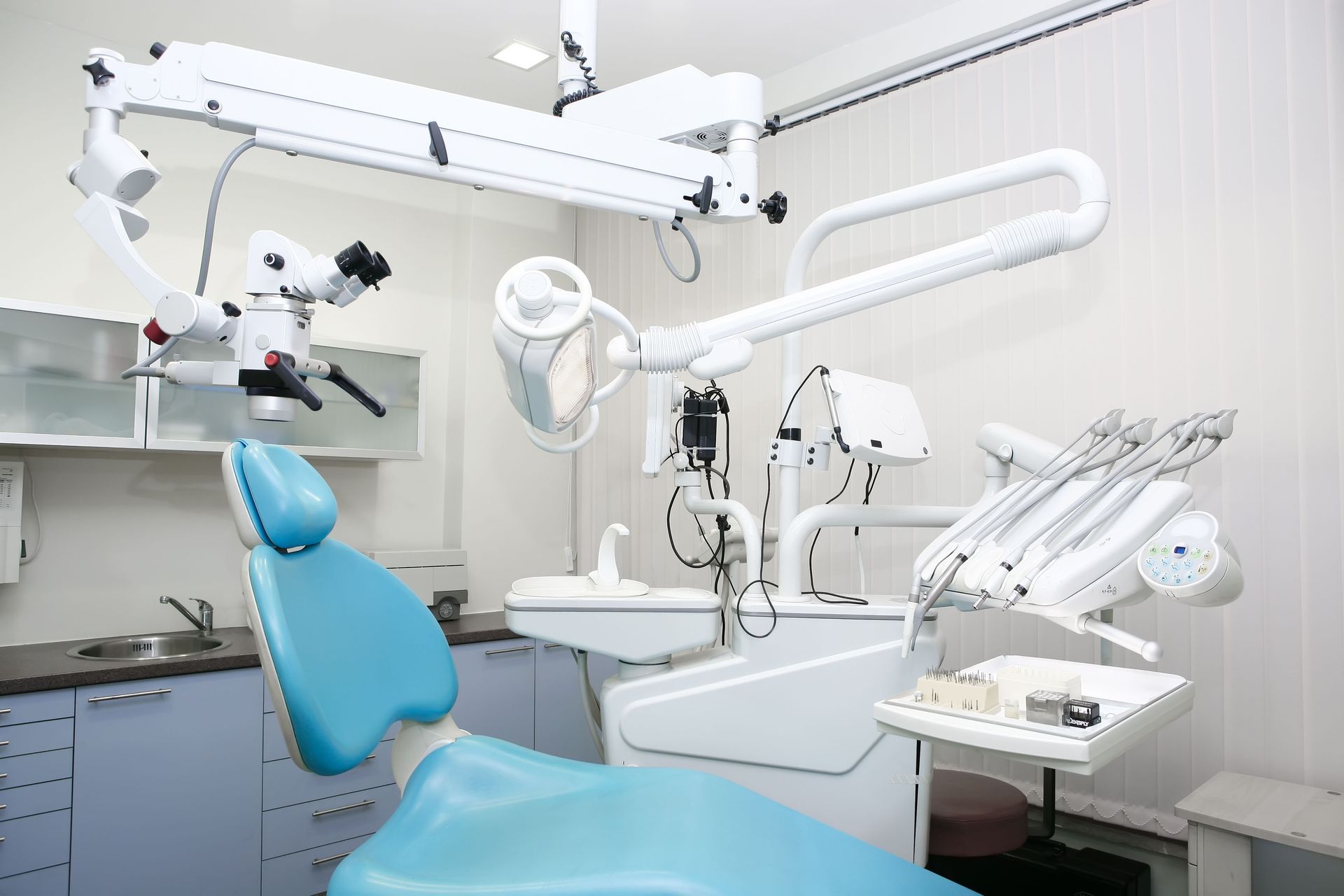

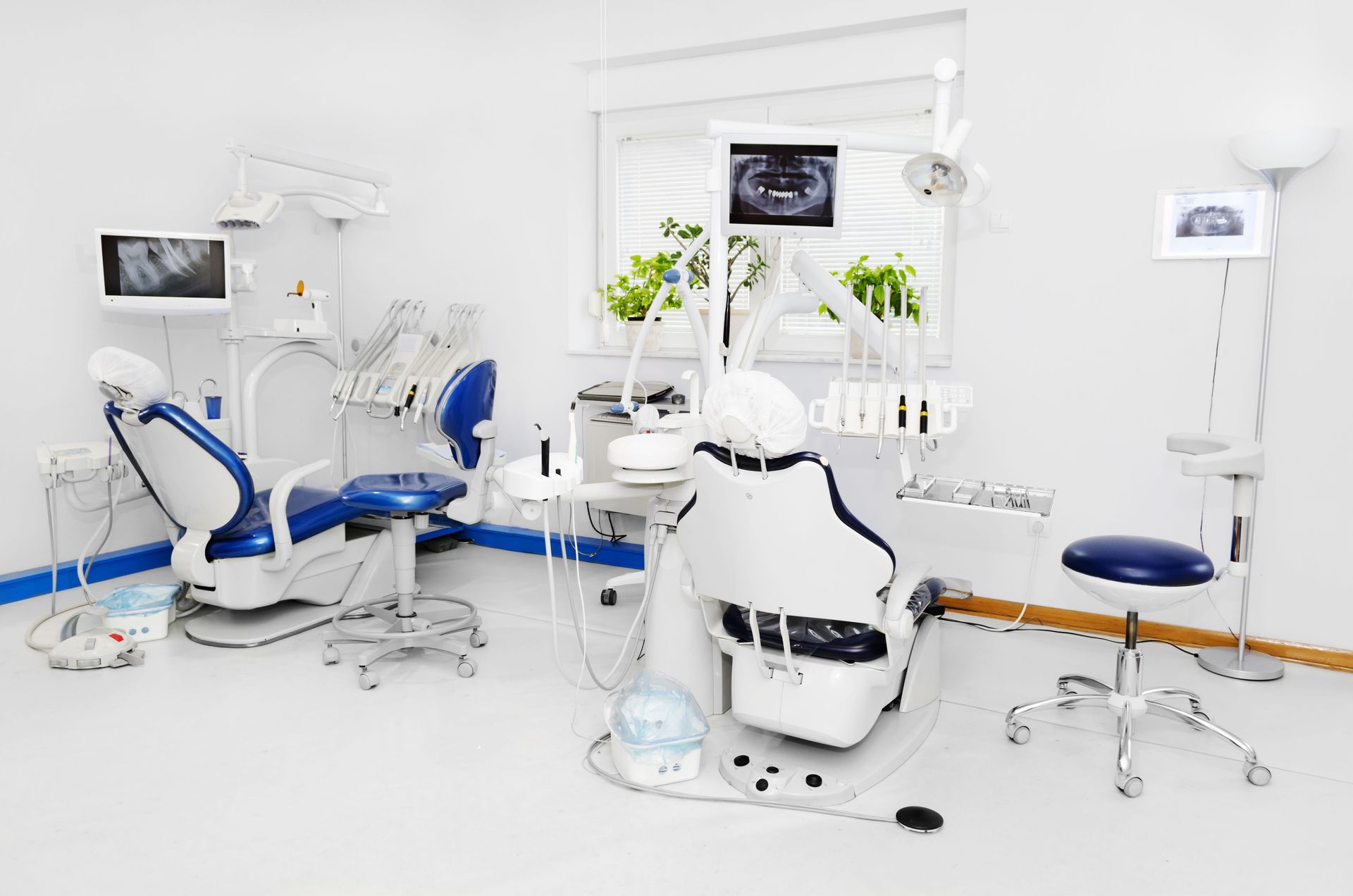
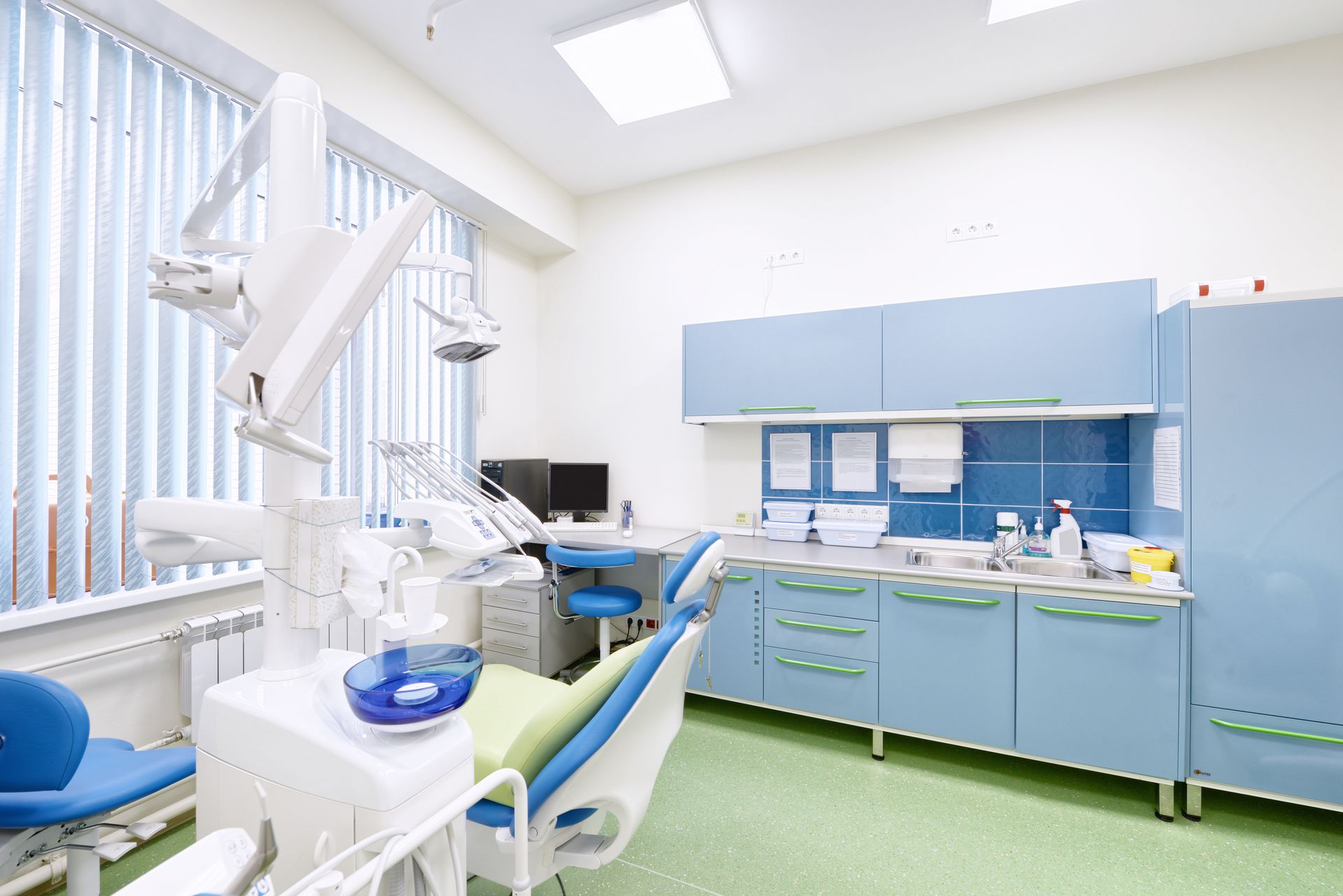

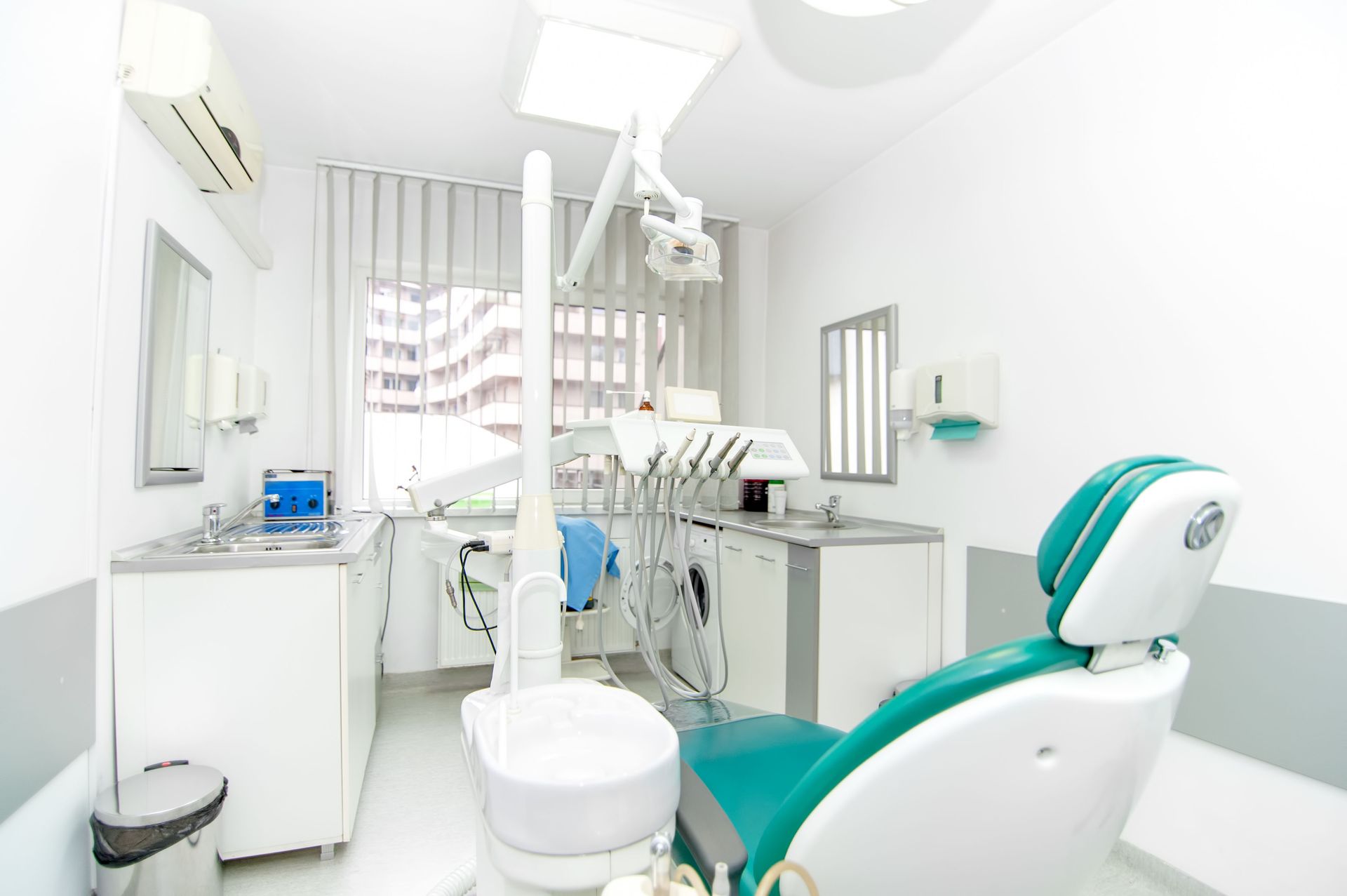
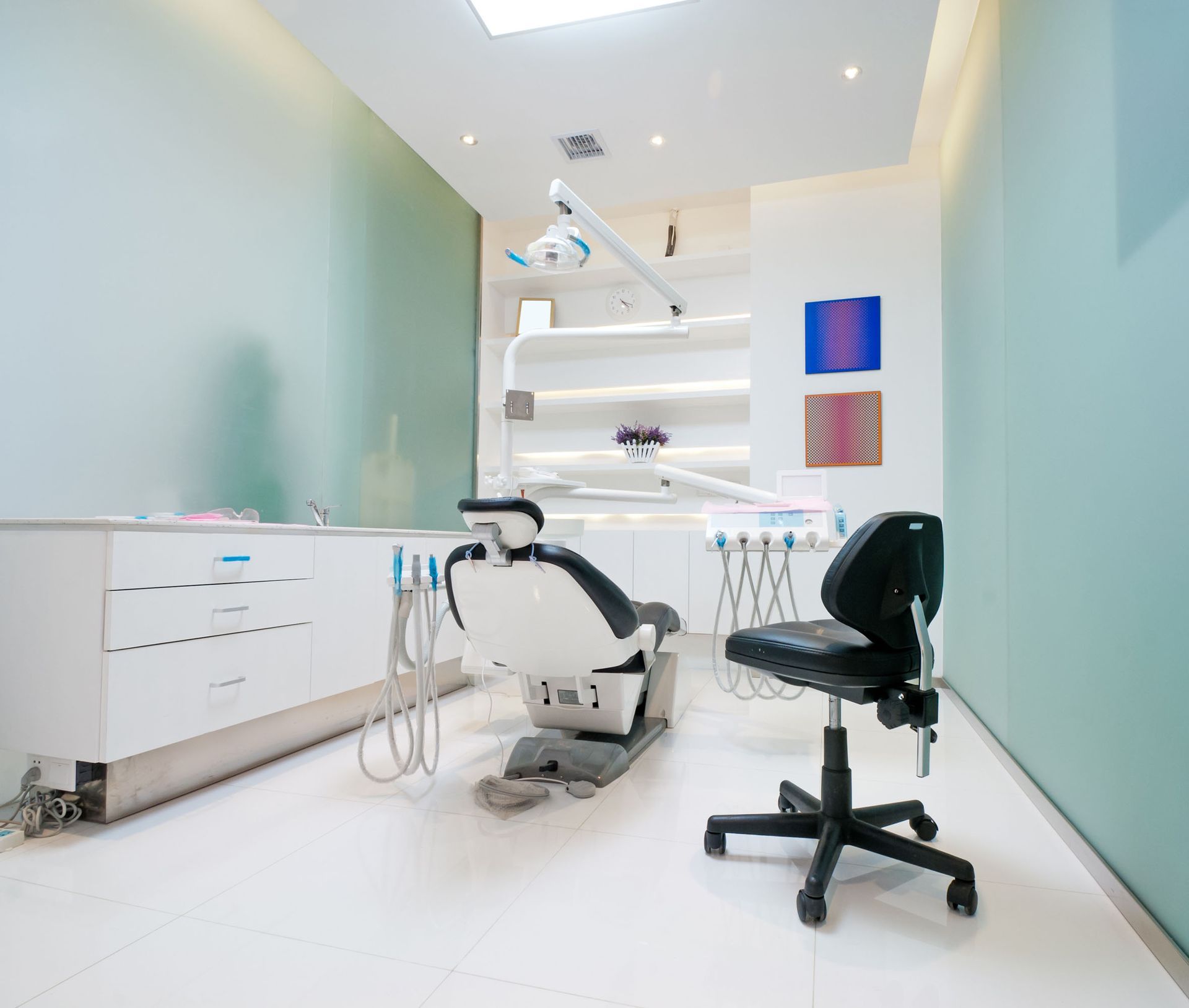
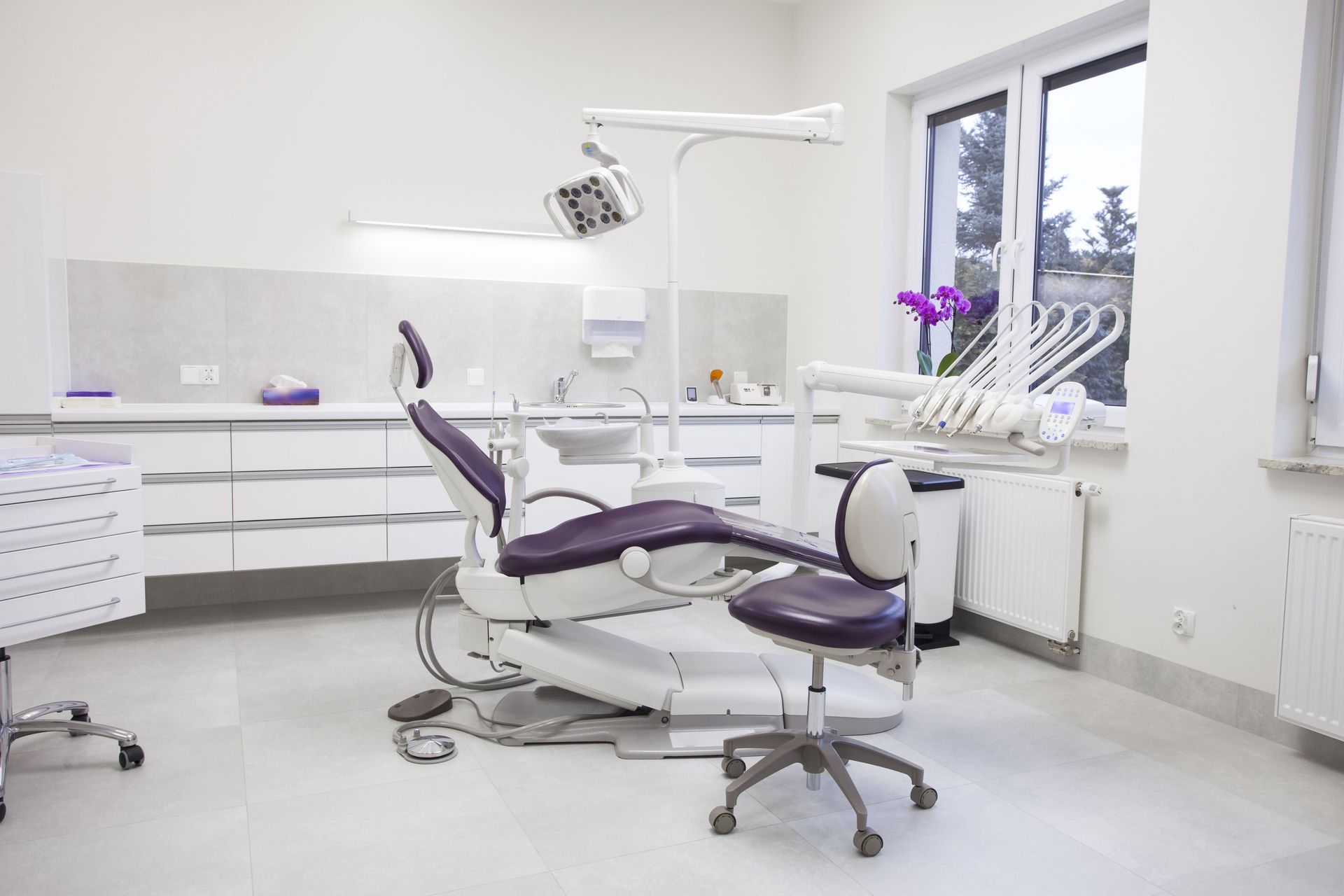
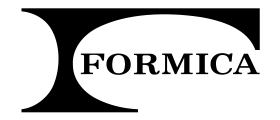
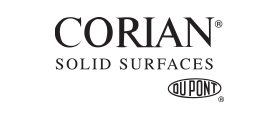

Share On: